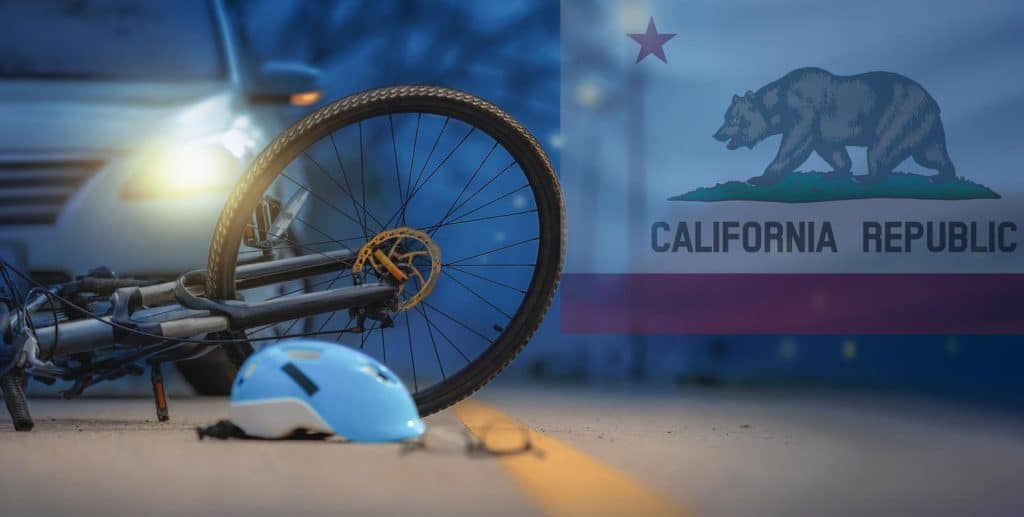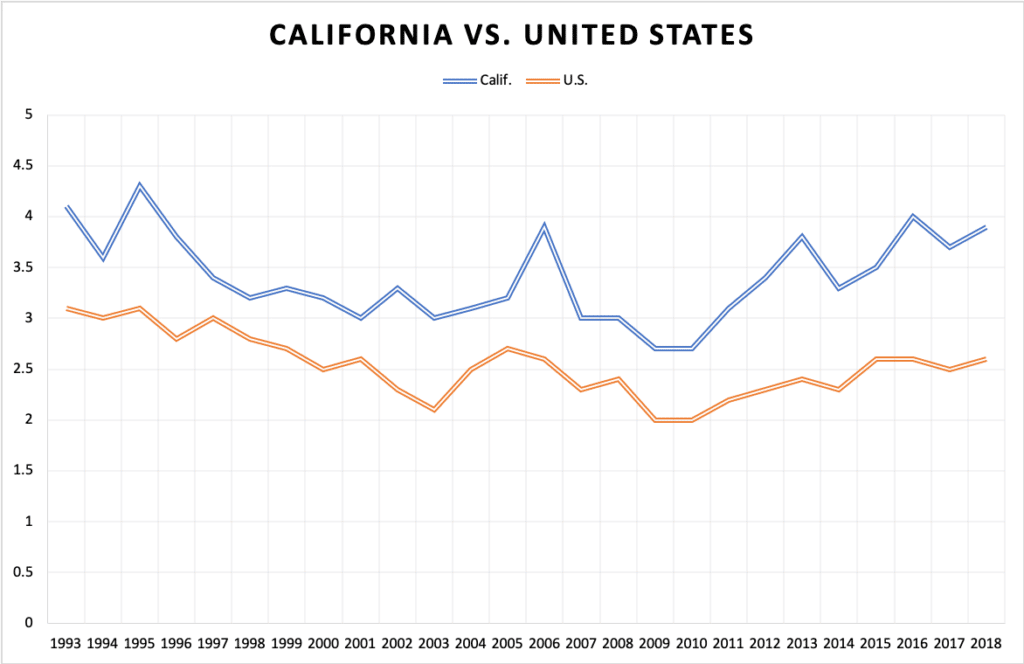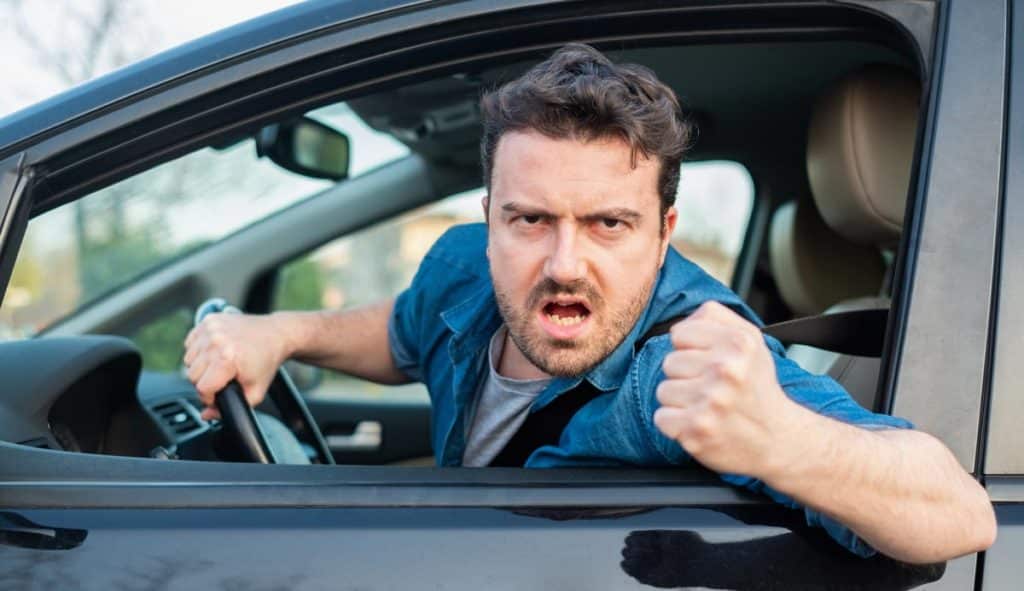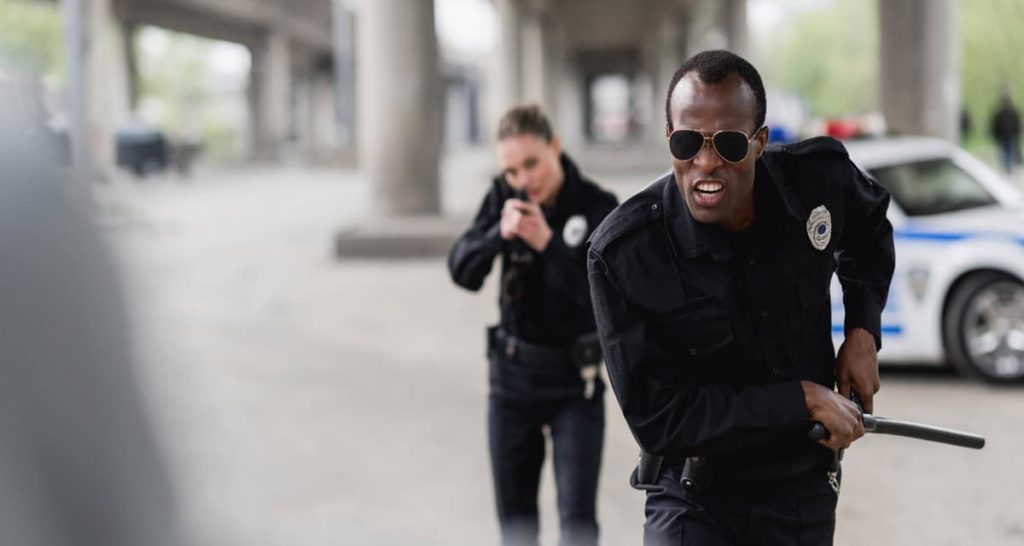Biking has been steadily on the rise for years, especially in California. As traffic has gotten worse, more people have decided that biking is better than driving or public transport. In many cases, that’s true – biking is cheaper and often faster than using other forms of transportation.
However, there’s one arena in which biking isn’t best: safety. Over the course of the past decade, the number of fatal bike accidents has been steadily rising. In fact, 2016-2018 was the deadliest three-year period in since the early 1990s.
Chart - Fatal Bike Accidents per Million People
Bike Share Programs and Bike Accidents
One likely cause of the rise of fatal bike accidents is the increase in cyclists on the road. According to UC-Berkeley’s Julia Griswold, a member of the Safe Transportation Research and Education Center, cycling has been increasing in popularity. public bike share (PBS) and bike-rental programs have sprung up to meet the growing demand, especially since 2010 – a decade ago, when fatal bike accidents started to rise.
Bike share programs allow metro residents to find the nearest bike and go. The advent of inexpensive, reliable GPS technology has helped these programs keep their fleets of bikes in good condition. Above and beyond that, technology has provided methods to release the bicycles to people without relying on a trust system or manned stations.
The result is a thriving bicycle-sharing program industry that has given people unprecedented, inexpensive access to bicycles of all types. Whether the programs are docked or dockless, or feature standard or electric bikes, people are flocking to them.
With the expansion of these programs, the number of cyclists on the road has shot up. Many of these casual riders are less familiar with bike safety guidelines than traditional bicycle enthusiasts. That may be leading to more accidents that were not the cyclist’s fault, but potentially could have been avoided.
Helmets and Bike Shares
The specific increase in fatal bike accidents may be linked to a specific aspect of bike share programs. These programs, whether docked or dockless, do not include access to helmets. The result: bikeshare riders wear helmets significantly less often than riders with their own personal bikes.
Helmets are a major factor when it comes to surviving a bicycle accident. 83% of fatally injured cyclists were not wearing helmets at the time of the accident. In most fatal bicycle accidents, head injuries are the cause of death. Failing to wear a helmet makes riders significantly more vulnerable to fatal injuries in the case of an accident.
Bikeshare programs make wearing a helmet when biking less likely. Part of the appeal of bikeshare programs is the ability to get on a bike anywhere in a city and ride it to anywhere else, then leave it behind. Spontaneity is a primary draw for many users. Those same users are highly unlikely to bring a helmet with them everywhere on the off chance they choose to go for a ride. This likely feeds into the upward trend in fatal accidents. However, it’s not the whole story.
Uber, Lyft, and the Rise of Bike Accidents
There is mounting evidence to point towards the rise of Uber and Lyft as a primary contributing factor in the rise of cyclists’ deaths. There are several factors connecting rideshares to fatal bicycle accidents.
First, the vast majority of fatal bike accidents are caused by the driver of a motor vehicle. The more cars there are on the road, the less safe cyclists will be. In San Francisco alone, Uber and Lyft have been identified as the cause of half of the increase in traffic between 2010 and 2016. There’s no doubt about it – rideshare programs have put thousands of more cars on the road, particularly in dense urban areas where people are also turning to bikeshares.
There’s also the distraction factor. Experts identify distracted driving as one of the most dangerous things drivers can do behind the wheel. They point towards the rise of smartphones as a major factor in distracted driving. The ubiquity of smartphones has led to a surge in distracted driving, since there are now more distractions than ever before.
Uber and Lyft drivers are particularly vulnerable to distracted driving. Using a smartphone while driving is baked into the business model of these companies. Drivers are expected to accept new riders through their phones. They confirm that they’ve picked up a rider by tapping on their phone. They need to watch the map to make sure they’re following the suggested route. The app even guides them to busy areas to help meet demand.
Uber and Lyft have accidentally incentivized distracted driving among their drivers. Responding to ride requests quickly is necessary if drivers want to make a living. The most distracted driver wins.
Uber Black and Lyft’s Lux Black are also in play. These services require drivers to have modern, larger vehicles from 2012 and later in most areas. These types of vehicles lead to more serious injuries on the part of cyclists. It’s the difference between being hit in the calves and being hit in the torso in many cases. Larger vehicles are simply more likely to cause fatal injuries.
The luxury rideshare services make these larger vehicles more desirable as both a source of income and a status symbol. That leads to more of them on the road, which is bad news for bikers.
There’s no question that fatal accidents have been on the upswing in California. The exact causes may be up for debate, but it’s clear that bikeshare and rideshare programs have both contributed. The sharing economy has many benefits, but it appears that cyclist safety is not one of them. The structures of both types of programs lead to riders and drivers alike prioritizing speed and convenience over safety.






